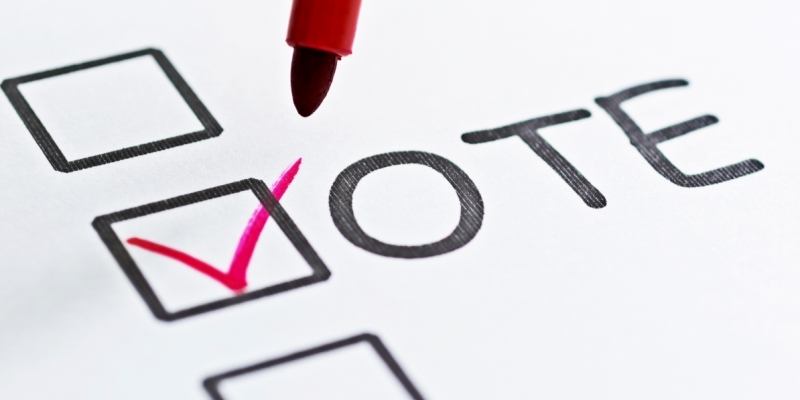The costs of changing the way B.C. votes

Next week, British Columbians will begin voting by mail-in ballot in the province’s referendum on electoral reform, to decide whether or not B.C. should switch to a proportional representation (PR) voting system.
A lot has been written about the so-called “fairness” of elections based on PR compared to our current majoritarian first-past-the-posts system. While advocates claim that PR allows for more diversity in government, they have less to say about the policy consequences of PR. For example, the official pro-PR group Vote PR BC only notes the representational benefits on its webpages and is silent on how changing the way we vote affects public policy.
However, its sister organization Fair Vote BC extols the virtues of PR, saying it provides “continuity between governments, and therefore more progress on long term issues.” In other words, it’s difficult in a PR system to change policy direction because the composition of government can only be changed marginally from one election to the next.
The pro-PR campaigns have even less to say about the costs of government under this system.
Clearly, when more parties are elected, it’s much more likely that a coalition government must be formed. In countries with majoritarian voting systems similar to what B.C. currently uses, coalitions happen about 23 per cent of the time compared to a whopping 87 per cent in countries with PR systems.
And crucially, all those parties vying for power also increases the number of coalition partners in PR systems compared to majoritarian systems. In fact, the number of parties in coalitions increases by almost 50 per cent in PR countries compared to majoritarian countries. The result? Coalition governments often buy off smaller niche parties by funding their pet projects, leading to more government spending and more expensive government.
As noted in a recent Fraser Institute study, based on election data from 26 countries between 2004 and 2015 (the most recent year of comparable data), the average government spending of countries with PR systems is 30.3 per cent of GDP compared to only 23.7 per cent for countries with plurality or majoritarian election rules.
Moreover, comparisons of 20 OECD countries between 1960 and 1995 show that government spending increased as the number of coalition parties increased. And additional research in 85 countries found that central government spending was 5.7 percentage points (of GDP) lower in plurality/majoritarian countries compared to PR countries. Updates of this research confirm that switching from a plurality/majoritarian system increases government spending between 5 and 6 per cent of GDP, and that governments with PR electoral systems are 27.8 per cent larger than countries with plurality/ majoritarian systems.
Finally, governments elected by PR are more likely to run deficits than those elected through plurality or majoritarian systems. Deficits lead to debt, which leads to debt interest payments, which can eat up money that could otherwise pay for social services (health care, education, etc.). More red ink also raises the spectre of tax increases and creates uncertainty, a key deterrent to investment.
Larger governments, more spending. Proponents of PR here in B.C. and beyond see this as good thing and claim these trends advance a “progressive” agenda that is more innovative. However, increases in government spending must be financed by taxpayers—that’s a fact.
The research is clear—a move from its current first-past-the-post electoral system to a proportional system would likely increase both government spending and deficits in B.C. When voting in the electoral reform referendum, British Columbians should understand the consequences of changing the way they vote.

